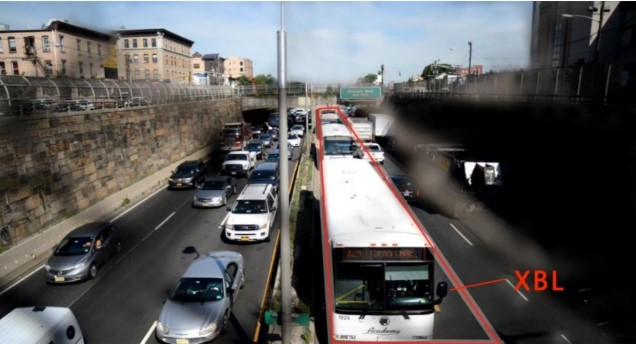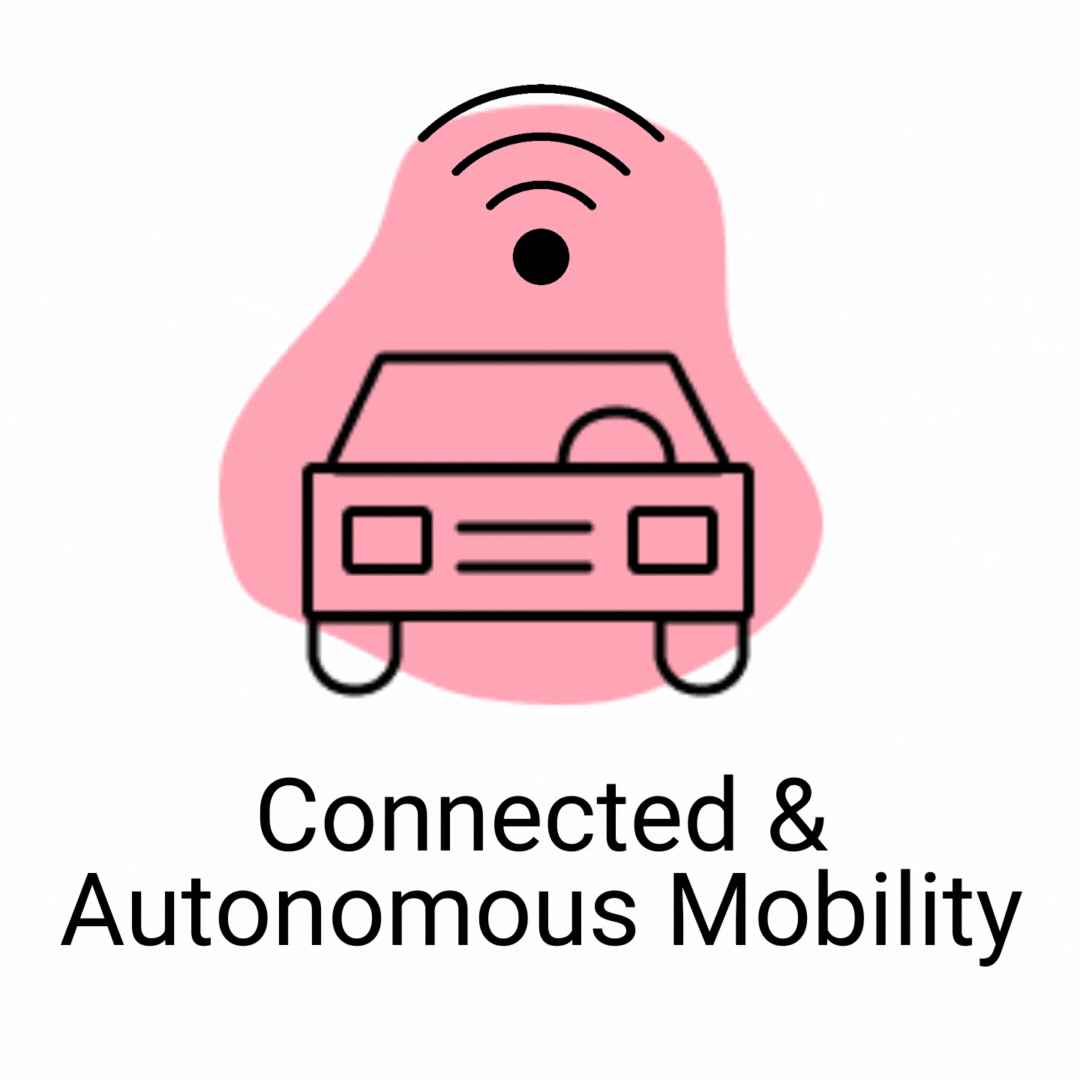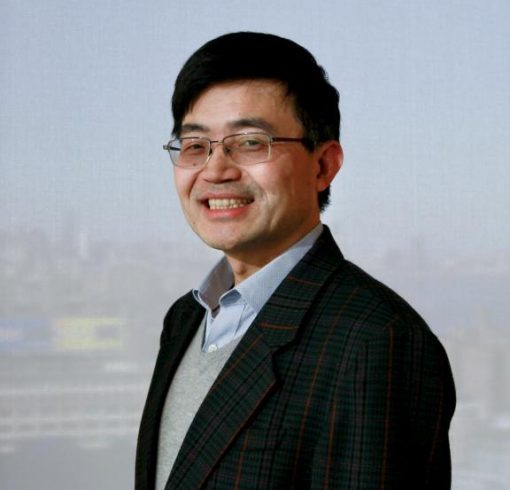Overview
Autonomous vehicles (AV) and connected vehicles (CV) technology has been much of the focus of transportation industry lately, and they will likely make a vast impact on the future of transportation systems. This project will combine AV and CV technologies for connected and autonomous vehicles (CAVs) to reduce congestion and improve network performance and safety by developing new tools and methods using reinforcement learning and nonlinear and optimal control techniques.
In a 2010 study, Co-PI Ozbay and his co-workers investigated the feasibility of automating the exclusive bus lane (XBL) in the Lincoln tunnel corridor using three different adaptive cruise controllers. Results have shown that all three controllers performed much better than human drivers in the simulation model. In addition, all the three controllers are able to stop busses quickly and safely in the simulations in case of emergency.
Both PIs have begun to develop data-driven suboptimal CACC vehicle technology, which has a longer communication range that enables it to alert drivers about potential collisions. There are big questions about the implementation of this technology in connected vehicles on XBL:
- A controller design based on an inaccurate model may destabilize the vehicle system, which threatens the safety of the autonomous buses and their surrounding traffic. Robust control can stabilize the vehicle system, but this compromises the system’s transient response.
- In order to ameliorate the transient performance and to reduce the fuel usage of the autonomous buses, an optimal controller must be designed through minimizing some predefined cost functions.
- Each vehicle is supposed to receive information from preceding vehicles, but the number of active vehicles usually varies since the relative distances between buses change with time. This causes the communication topology of the vehicular network to be dynamic, which is usually a challenge for the adaptive/optimal control design.
Research Objectives
The research objectives for this project are to:
- Develop adaptive learning algorithms to tackle the optimal CACC problem for connected vehicles comprised of autonomous vehicles and human-driven vehicles, including examining the effects of model uncertainty and system nonlinearities
- Develop advanced adaptive learning algorithms to overcome the limitations of existing model-based CACC for CAVs
- To explicitly address energy savings, adopt an infinite-horizon optimal control problem set-up to minimize the inter-vehicle distance and the control efforts in the long run
- Generalize previous work in data-driven CACC to the realistic situation where the driver reaction time is not negligible and how to develop adaptive learning controllers for autonomous vehicles that will take into the effects of human driver reaction time
- Generalize previous work in vehicle longitudinal control to learning-based lateral control and combined longitudinal/lateral control for CAVs for tackling problems like the lane change and path following
Related Media





